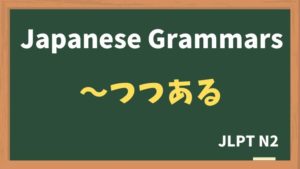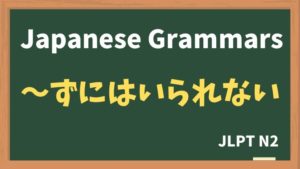
Explanation:〜げ
fa-check-circleMeaning
"〜そうだ / 〜そうな様子だ"
"seems like"
Used to indicate an apparent or visible state of something. It is commonly attached to adjectives to describe someone or something as appearing to have a certain emotion, quality, or characteristic. This expression gives the nuance of something "seeming" or "looking" a certain way.
fa-check-circleForm
イAい + げ
ナAだ + げ
fa-check-circlePoints
- Appearance: "〜げ" is used to describe how something appears or seems from an external perspective, often referring to emotions or attitudes.
- Subjective Observation: It conveys the speaker's impression or observation, rather than a definitive statement.
- Common Adjectives: It is frequently used with adjectives to describe emotions (e.g., "寂しげ" for "looking lonely" or "怪しげ" for "seeming suspicious").
fa-check-circleJLPT Level
N3
fa-check-circleNote
Compared to "〜そう", "〜げ" is more for written language.
This can not be used for the person in a high position.
Sample sentenes
彼は少し悲しげだった。
He looked a little sad.
怪しげな人が家の前をウロウロしている。
A suspicious-looking person is loitering in front of the house.
子供たちが楽しげに遊んでいます。
The children are playing happily.
掃除をしていたら、昔の写真が出てきて、妻がそれを懐かしげに見ていた。
While cleaning, I found some old photos, and my wife was looking at them nostalgically.
今日はとても暑いのに、トムさんは涼しげだ。
Even though it's very hot today, Tom looks cool.
彼は不安げに周りを見回した。
He anxiously looked around.
Vocabulary
| Japanese |
English | |
| - | ウロウロする | to wander around) |
| 懐かしい | なつかしい | nostalgic |






